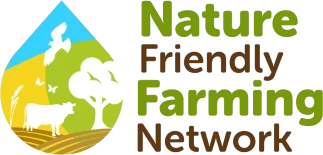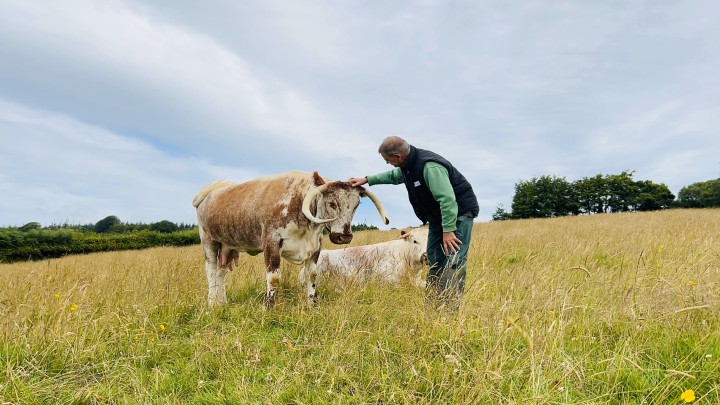Philip Beauvais was convinced there had to be a better alternative to the stereotypical shouting and stick-waving often seen when in livestock handling. His search for a gentler, more respectful approach led him to develop his own take on the idea of ‘cattle whispering’.
Elsworthy Farm, a 22-hectare site tucked away in a rural part of Exmoor near Wimbleball Lake, is home to Philip’s herd of 16 English Longhorn cattle. The livestock are raised for meat in a pasture-fed, nature-friendly system that keeps inputs to a minimum.
A key part of Philip’s ethos is what he calls ‘cattle whispering’. Certain there was a better way to move and handle animals than the usual shouting and stick-waving, he set out to find a different approach. He prioritises animal welfare and communication, in a way that also allows his livestock to exhibit natural behaviour.
The basics - what is ‘cattle whispering’?
Philip’s approach is heavily influenced by two people: Monty Roberts, the acclaimed American horse trainer known for his techniques of natural horsemanship, and Rosamund Young, particularly through her book The Secret Life of Cows.
“Monty Roberts found that the older styles of treating animals create more problems with behaviour than they solve,” Philip says. “Combined with Rosamund Young’s insights into the family lives of cows, I then tried to apply some of this to my cattle.”
Philip describes long-established ways of handling and moving cattle - for example, when housing them or preparing them for veterinary treatment - as often involving “surprise, noise and even, years ago, the use of electric shocks.” Moving cattle can also sometimes require multiple people using their voices, objects, or dogs to help round the animals up. For Philip, cattle whispering is a kinder, calmer alternative to all this.
How does cattle whispering work?
When Philip wants his cows to move from one place to another, he typically heads out to the field about 20 minutes before they are needed. “Firstly, I just speak to them and tell them what is going to happen. I might use English or I might use French, especially if I don’t want the neighbours to hear what I’m saying! The point of this is the interaction: that the animals recognise my voice and associate that with something happening.”
With the gate open, Philip then waits for the animals to make the next move. This, he says, is extremely important. “This is a very slow process; for us as humans this is annoying, because we want things to happen immediately, with people or animals to be at our beck and call,” Philip says.



